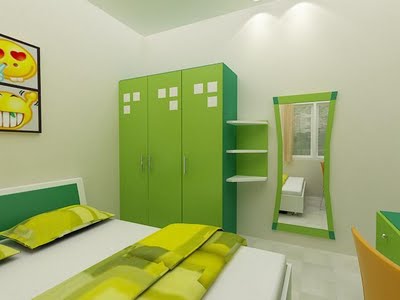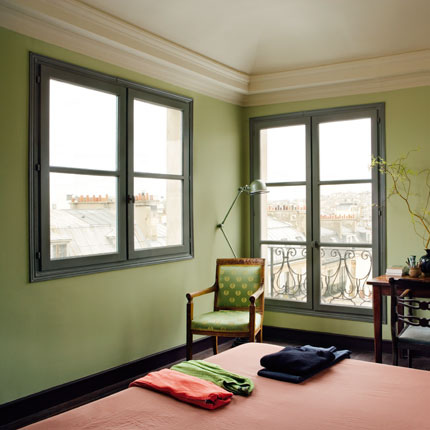Building a structure is not complete without taking care of its final look. The way it is designed is the foremost thing that gets to be recognized. The outer appearance does matter.
The career outlook for a green interior designer is good. They make on average $31-$57 thousand a year.
Interior design is usually associated with aesthetics. It is the final construction step that carries out the personality of the owners. It even makes it easier for people to decipher what function the structure serves. Hospitals are for white-painted walls. Wide see-through windows are for museums. A lot of interior design features make what a building is. And what makes this profession a further appealing endeavor is the new approach it currently performs the green design.
Green interior design is a post-construction step that is most likely similar to other ecological construction tasks. The materials used are eco-friendly. The techniques and principles used are inclined to answer to sustainable business practices. However, green interior designing is much keener in details as it involves specified furniture and fixtures, wall paint and paper, door and window treatments and other space features, complete with the entire finishes and textures.

.jpg)







There are numerous interior design materials that are both eco-friendly and trendy. A green designer may use furniture made from natural materials. Popular choices are mango wood, bamboo, coco lumber and rattan. Wall paneling, finishing and flooring could be made from wheat boards and coco which designs are raw-looking and best reflective of eco-friendliness; recycled aluminum or brass tiles which look rustic and tasteful; bamboo panels which are flexible and fresh-looking.
Transitioning from the traditional interior design to a greener one is an easy task. One who aspires to shift designing measures need to firstly practice personal care for the environment. Clients would love to see that what you recommend to them are what you actually use at home. There should also be a consideration for environmental psychology. One could integrate space planning with the nature of the location's surroundings. Match bamboo curtains for warm areas. Mix salvaged wood and corrugated steel. This combination doubles insulation. Recommend lamps that use energy-saving bulbs. Instead of animal fur carpets, go for recycled weaved mats and rugs.
Traditional interior design schools offer such education from two to four years. These years are filled with learning about varied disciplines like minimal architecture specializing in space planning, product design for furniture and fixtures, and aesthetics for decoration. Fortunately, a number of interior design schools today have already incorporated a green curriculum with prioritization of green ideas, renewable resources usage, and others. They have green conferences that feature expert green designers and eco-friendly builders.
Become skilled by engaging in internships and on-the-job trainings from green interior design companies for both residential and commercial structures. Learn new green design ideas from subscription magazines online or through snail mail. These provide innovative approaches how you can use eco-friendly materials in furniture selection, non-toxic paint listings, and store listings of one-stop location. Be involved in seminars and workshops. Look up schedules and locations through the Internet. Ask referrals from friends or co-interior designers.



0 comments:
Post a Comment